Home>Gardening & Outdoor>Garden Tools & Equipment>Why Is My Leaf Blower Losing Power
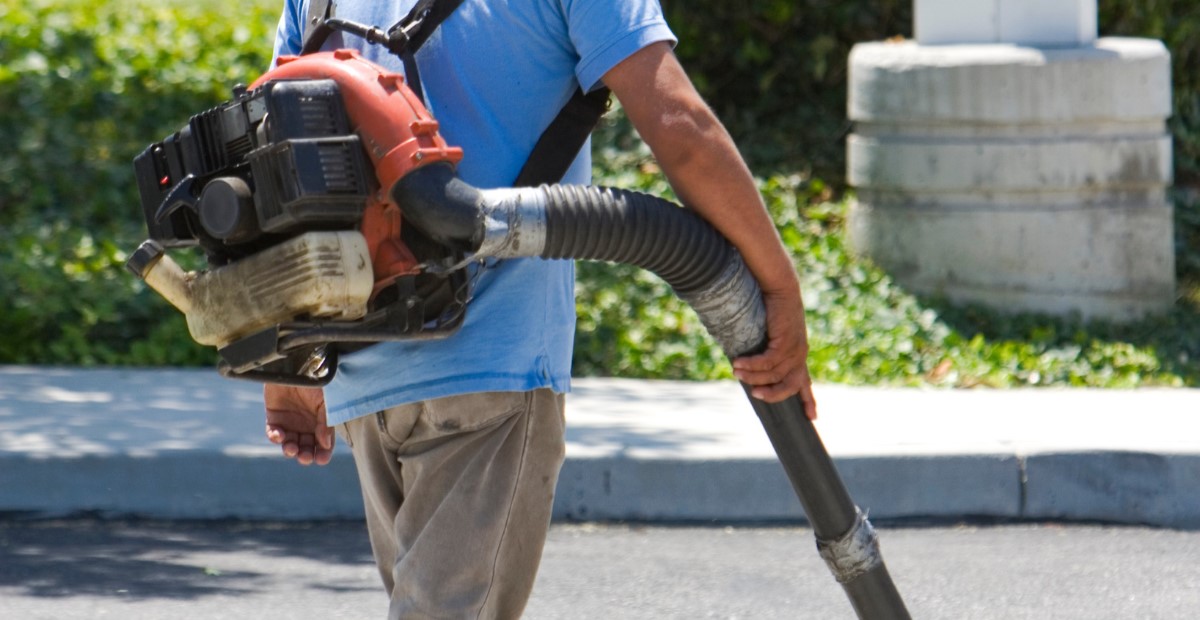

Garden Tools & Equipment
Why Is My Leaf Blower Losing Power
Modified: August 17, 2024
Discover the reasons why your leaf blower may be losing power and how to troubleshoot it. Get expert tips on maintaining garden tools and equipment for optimal performance.
(Many of the links in this article redirect to a specific reviewed product. Your purchase of these products through affiliate links helps to generate commission for Storables.com, at no extra cost. Learn more)
Introduction
Welcome to the world of gardening, where the symphony of nature and human ingenuity harmoniously intertwines. As a gardening enthusiast, you understand the profound joy of nurturing a vibrant green space, cultivating a thriving ecosystem, and witnessing the beauty of nature unfold before your eyes. To maintain this enchanting haven, you rely on a variety of garden tools and equipment, each playing a crucial role in preserving the splendor of your outdoor sanctuary.
Among these indispensable tools, the leaf blower stands as a stalwart companion in your quest to keep your garden pristine and inviting. With its powerful gusts of air, the leaf blower effortlessly clears away fallen leaves, debris, and other unsightly elements, restoring the allure of your garden with unparalleled efficiency. However, as with any mechanical marvel, your leaf blower may encounter performance issues over time, leaving you pondering, "Why is my leaf blower losing power?"
Fear not, for within this article, we will embark on a journey to unravel the mysteries behind your leaf blower's waning vigor. Together, we will delve into the intricacies of its inner workings, exploring potential culprits that could be impeding its performance. By understanding these factors, you will be equipped with the knowledge to diagnose and address the issue, breathing new life into your trusted leaf blower and revitalizing your gardening endeavors.
So, grab your gardening gloves and join me as we embark on a quest to uncover the reasons behind your leaf blower's power loss. Let's reignite the fervor of your gardening pursuits and restore your leaf blower to its former glory!
Key Takeaways:
- Keep your leaf blower powerful by regularly cleaning or replacing the air filter to ensure unimpeded airflow and optimal performance.
- Prevent power loss in your leaf blower by maintaining the fuel system, cleaning the spark arrestor, and addressing carburetor and exhaust system blockages.
Read more: Why Won’t My Leaf Blower Start
Clogged Air Filter
Picture this: your leaf blower, poised for action, hums to life as you prepare to unleash its mighty gusts upon the blanket of fallen leaves in your garden. Yet, as you engage the throttle, you notice a discernible lack of power, as if the once vigorous airflow has been stifled. What could be the cause of this diminished vigor? One potential culprit lies within the heart of your leaf blower – the air filter.
The air filter, a humble yet essential component, serves as the gatekeeper of your leaf blower’s respiratory system. Its primary function is to sift out dust, debris, and other airborne particles, preventing them from infiltrating the engine and compromising its performance. However, in the relentless pursuit of garden maintenance, the air filter becomes laden with the very elements it valiantly shields the engine from. Over time, this accumulation of debris can lead to a clogged air filter, impeding the airflow and suffocating the engine’s power.
So, how can you discern if a clogged air filter is the culprit behind your leaf blower’s power loss? One telltale sign is the presence of excessive smoke or sputtering from the exhaust, indicating that the engine is struggling to draw in the necessary air for combustion. Additionally, a visual inspection of the air filter may reveal a thick coating of dust and grime, further corroborating its role in hindering airflow.
To remedy this issue, you can embark on a simple yet impactful course of action – cleaning or replacing the air filter. If the filter is reusable, gently removing it from its housing and cleansing it with mild soap and water can effectively dislodge the accumulated debris. After thorough drying, the rejuvenated air filter can resume its duty of facilitating unimpeded airflow, revitalizing your leaf blower’s power in the process.
By recognizing the significance of the air filter and its pivotal role in maintaining your leaf blower’s performance, you can ensure that this unassuming yet vital component remains pristine, allowing your leaf blower to unleash its full potential with each use.
Dirty Spark Arrestor
As you navigate the verdant expanse of your garden, your leaf blower stands as a steadfast ally, ready to vanquish the encroaching tide of fallen leaves and debris. However, in the midst of this battle, you notice a troubling trend – your once formidable leaf blower seems to have lost its edge, its powerful gusts waning in intensity. Could there be a hidden adversary lurking within the depths of its engine, sapping its strength? Enter the enigmatic culprit known as the spark arrestor.
The spark arrestor, a critical component nestled within the exhaust system of your leaf blower, serves as a guardian against the peril of ignited particles emanating from the engine. Its intricate mesh construction effectively traps these incendiary elements, preventing them from igniting surrounding flammable debris and averting potential fire hazards. However, in the course of its noble duty, the spark arrestor becomes susceptible to an insidious foe – the accumulation of carbon deposits and soot.
When the spark arrestor becomes clogged with these residues, it obstructs the flow of exhaust gases, impeding the engine’s ability to expel combustion byproducts. This hindrance leads to a reduction in power, as the engine struggles to operate at its optimal capacity. Additionally, a dirty spark arrestor may manifest in symptoms such as erratic engine performance, diminished throttle response, and even a visible reduction in exhaust airflow.
To address this issue and restore your leaf blower’s vigor, inspecting and cleaning the spark arrestor is paramount. Begin by locating the spark arrestor within the exhaust system, typically near the muffler or exhaust port. Once located, carefully remove the spark arrestor and meticulously cleanse it to dislodge the accumulated carbon and soot. A wire brush or compressed air can be employed to delicately eradicate these obstructions, allowing the spark arrestor to resume its pivotal role in safeguarding the engine while facilitating unimpeded exhaust flow.
By acknowledging the significance of the spark arrestor and its susceptibility to contamination, you can ensure that this stalwart defender remains unencumbered, empowering your leaf blower to once again unleash its full might upon the garden landscape.
Fuel System Issues
Amidst the tranquil serenade of rustling leaves and the gentle caress of a balmy breeze, your leaf blower stands poised, ready to embark on its mission to restore order to your garden oasis. However, as you engage the throttle, you notice a disheartening trend – the once robust gusts of air have dwindled, leaving you pondering the cause of this enigmatic power loss. Enter the labyrinthine realm of the fuel system, where a myriad of potential issues may lurk, impeding the performance of your leaf blower.
One prevalent adversary within the fuel system is the insidious specter of fuel contamination. The fuel that courses through the veins of your leaf blower, akin to the lifeblood of a living organism, is susceptible to degradation and adulteration. When exposed to the ravages of time and environmental elements, fuel may undergo degradation, leading to the formation of varnish and deposits within the fuel lines, carburetor, and other vital components.
Furthermore, the ingress of water or moisture into the fuel system can precipitate a cascade of detrimental effects, compromising the combustibility of the fuel and impeding the engine’s performance. Symptoms of fuel system issues may manifest as erratic engine operation, sputtering, stalling, or a discernible lack of power during operation.
To combat these fuel-related maladies and rejuvenate your leaf blower’s vigor, proactive measures must be undertaken. Regular maintenance, including the use of fuel stabilizers and additives, can mitigate fuel degradation and preserve its integrity. Additionally, draining and replacing the fuel at regular intervals, especially during prolonged periods of inactivity, can prevent the onset of fuel-related woes.
Another critical facet of fuel system maintenance involves meticulous inspection and cleansing of the fuel lines, tank, and carburetor to eradicate any accumulated deposits or contaminants. By embracing these preventive measures, you can safeguard your leaf blower against the perils of fuel system issues, ensuring that it remains primed for action whenever the call of garden maintenance beckons.
Check the air filter and clean or replace it if it’s dirty. A clogged air filter can restrict airflow and cause your leaf blower to lose power.
Carburetor Problems
Amidst the verdant tapestry of your garden, your leaf blower stands as a stalwart sentinel, poised to dispel the encroaching deluge of fallen leaves and debris. However, as you unleash its potent gusts upon the landscape, you discern a troubling trend – the once robust airflow has dwindled, leaving you pondering the cause of this enigmatic power loss. Within the intricate ensemble of your leaf blower’s engine, the carburetor emerges as a potential protagonist in this perplexing saga.
The carburetor, a venerable maestro orchestrating the symphony of air and fuel within the engine, plays a pivotal role in regulating the combustion process. However, this intricate apparatus is susceptible to an array of maladies that can compromise its efficacy, leading to diminished engine performance. One prevalent adversary that besieges the carburetor is the accumulation of varnish, deposits, and gummy residues within its delicate passages and components.
When these obstructions infiltrate the inner sanctum of the carburetor, they impede the precise regulation of air and fuel, disrupting the delicate balance essential for optimal engine operation. This disruption may manifest as symptoms such as rough idling, erratic throttle response, stalling, or a discernible reduction in power output.
To reinvigorate your leaf blower and surmount the specter of carburetor-related woes, a meticulous approach to maintenance and remediation is imperative. Commencing with a comprehensive inspection of the carburetor, its intricate components, and fuel delivery system can unveil the presence of accumulated residues and contaminants.
Subsequent to this assessment, a thorough cleansing of the carburetor using specialized carburetor cleaners and compressed air can dislodge the encroaching obstructions, restoring its functionality and facilitating the precise regulation of air and fuel. Additionally, ensuring that the carburetor’s diaphragm and gaskets are intact and free from damage is essential to guarantee seamless operation.
By acknowledging the pivotal role of the carburetor and its susceptibility to contamination and degradation, you can embark on a proactive crusade to preserve its integrity, ensuring that your leaf blower stands ready to unleash its full might upon the garden landscape.
Read more: Why Does My Leaf Blower Keep Shutting Off
Exhaust System Blockage
As you stand amidst the tranquil embrace of your garden, your leaf blower stands as a stalwart companion, poised to vanquish the sea of fallen leaves and debris that threatens to mar its pristine allure. However, as you engage the throttle, a disconcerting revelation unfolds – the once robust gusts of air have waned, leaving you pondering the cause of this enigmatic power loss. Within the labyrinthine recesses of your leaf blower’s engine, an insidious adversary may lurk, impeding its performance – the specter of exhaust system blockage.
The exhaust system, an essential conduit for expelling combustion byproducts and ensuring the unhindered flow of exhaust gases, is susceptible to potential obstructions that can hamper its functionality. These obstructions may manifest in the form of accumulated debris, carbon deposits, or foreign objects that impede the free flow of exhaust gases, leading to a backpressure buildup within the engine.
When the exhaust system is obstructed, the engine’s ability to expel combustion byproducts is compromised, resulting in a reduction of power and efficiency. Symptoms of exhaust system blockage may include diminished exhaust airflow, excessive exhaust smoke, erratic engine performance, and a discernible lack of power during operation.
To address this impediment and reinvigorate your leaf blower, a comprehensive inspection of the exhaust system is paramount. Begin by examining the exhaust port and muffler for the presence of debris, carbon residues, or any foreign objects that may obstruct the exhaust flow. Carefully removing these obstructions using specialized tools or compressed air can restore the unencumbered passage for exhaust gases, revitalizing the engine’s performance in the process.
Furthermore, regular maintenance and cleaning of the exhaust system can mitigate the risk of blockages, preserving its functionality and ensuring optimal engine operation. By embracing these proactive measures, you can safeguard your leaf blower against the perils of exhaust system blockage, allowing it to once again unleash its potent gusts upon the garden landscape with unwavering vigor.
Engine Compression Loss
Amidst the idyllic tranquility of your garden, your leaf blower stands as a stalwart ally, prepared to dispel the deluge of fallen leaves and debris that threatens to encroach upon its pristine splendor. However, as you engage the throttle, a disconcerting revelation unfolds – the once vigorous gusts of air have waned, leaving you pondering the cause of this enigmatic power loss. Within the heart of your leaf blower’s engine, an elusive adversary may lurk, impeding its performance – the specter of engine compression loss.
Engine compression, a cornerstone of internal combustion engines, is essential for generating the power and torque required to propel the leaf blower’s operation. When compression within the engine’s cylinders diminishes, the result is a palpable reduction in power output and efficiency. This compression loss may stem from an array of factors, including worn piston rings, cylinder wall wear, or malfunctioning valves and gaskets.
Symptoms of engine compression loss may manifest as erratic engine performance, diminished throttle response, excessive exhaust smoke, or difficulty in starting the engine. Additionally, a discernible lack of power during operation serves as a poignant indicator of potential compression-related issues.
To address this formidable adversary and rekindle your leaf blower’s vigor, a comprehensive assessment of the engine’s compression is imperative. Utilizing specialized tools such as a compression gauge, the compression levels within each cylinder can be meticulously evaluated, unveiling any disparities that may indicate compression loss.
If compression loss is detected, a thorough inspection of the engine’s internal components, including the piston rings, cylinder walls, valves, and gaskets, is essential to pinpoint the source of the issue. Addressing worn or damaged components through meticulous repair or replacement can restore the engine’s compression, rejuvenating its power and efficiency.
By acknowledging the pivotal role of engine compression and its impact on your leaf blower’s performance, you can embark on a proactive quest to safeguard this vital attribute, ensuring that your leaf blower stands ready to reignite its fervor and dispel the garden’s encroaching chaos with unwavering potency.
Conclusion
As the custodian of a verdant sanctuary, your leaf blower stands as a stalwart companion in your quest to preserve the allure of your garden oasis. However, when faced with the disheartening spectacle of waning power, you may find yourself embroiled in a perplexing quest to discern the root cause of this enigmatic decline. Through our exploration of potential culprits, including clogged air filters, dirty spark arrestors, fuel system issues, carburetor problems, exhaust system blockages, and engine compression loss, we have unveiled the intricate tapestry of factors that can impede your leaf blower’s performance.
Embracing a proactive approach to maintenance and remediation is paramount in safeguarding your leaf blower against these potential adversaries. Regular inspection and cleansing of critical components, including the air filter, spark arrestor, fuel system, carburetor, exhaust system, and engine, can mitigate the risk of performance issues and ensure that your leaf blower remains primed for action.
Furthermore, the nurturing touch of preventive measures, including the use of fuel stabilizers, additives, and regular fuel replacement, can safeguard the integrity of the fuel system, preserving its efficacy and mitigating potential woes. By embracing these proactive measures, you can fortify your leaf blower against the perils that threaten its performance, ensuring that it stands ready to unleash its potent gusts upon the garden landscape with unwavering vigor.
As you embark on this journey to reinvigorate your leaf blower and preserve the splendor of your garden, remember that each component, no matter how humble, plays a pivotal role in sustaining the fervor of your outdoor sanctuary. By nurturing and safeguarding these components, you empower your leaf blower to stand as a beacon of efficiency and potency, ready to dispel the encroaching chaos and restore the tranquility of your cherished garden refuge.
So, as you stand amidst the verdant embrace of your garden, armed with the knowledge to revitalize your leaf blower, let the symphony of nature and human ingenuity intertwine once more, as you continue to nurture and preserve the vibrant tapestry of your outdoor haven.
Frequently Asked Questions about Why Is My Leaf Blower Losing Power
Was this page helpful?
At Storables.com, we guarantee accurate and reliable information. Our content, validated by Expert Board Contributors, is crafted following stringent Editorial Policies. We're committed to providing you with well-researched, expert-backed insights for all your informational needs.
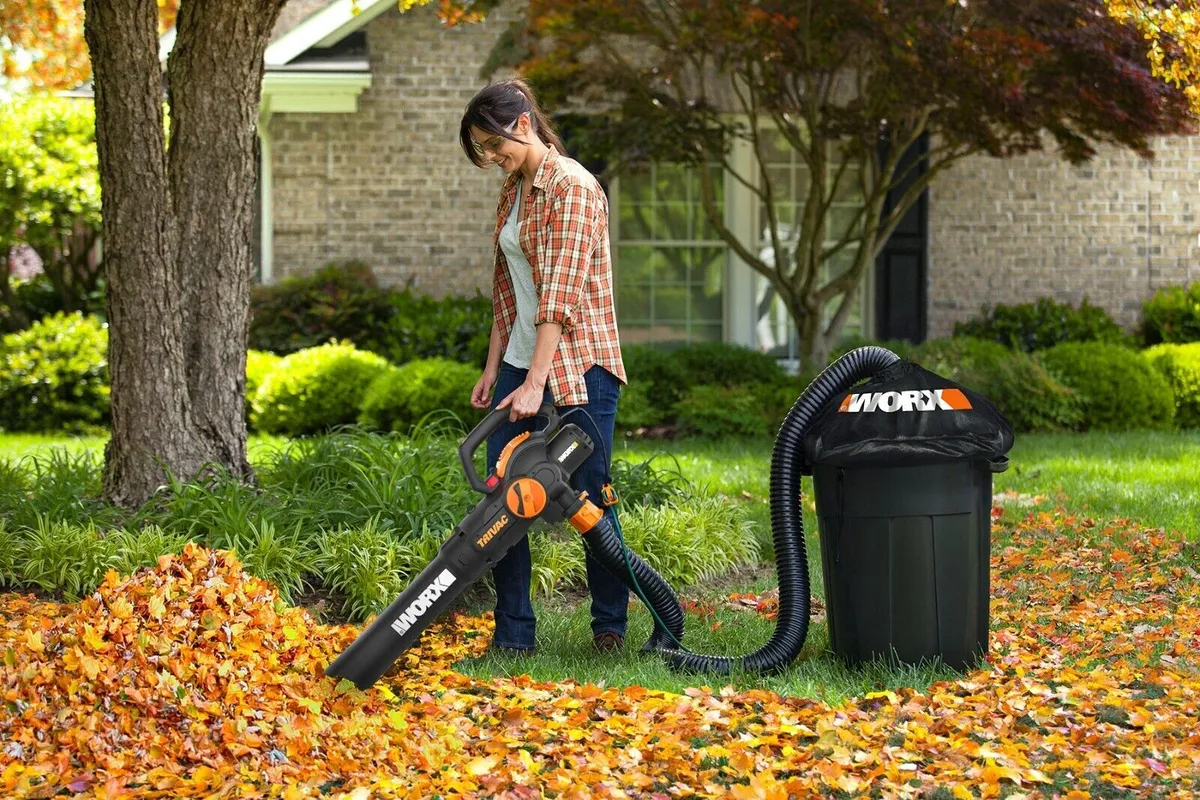
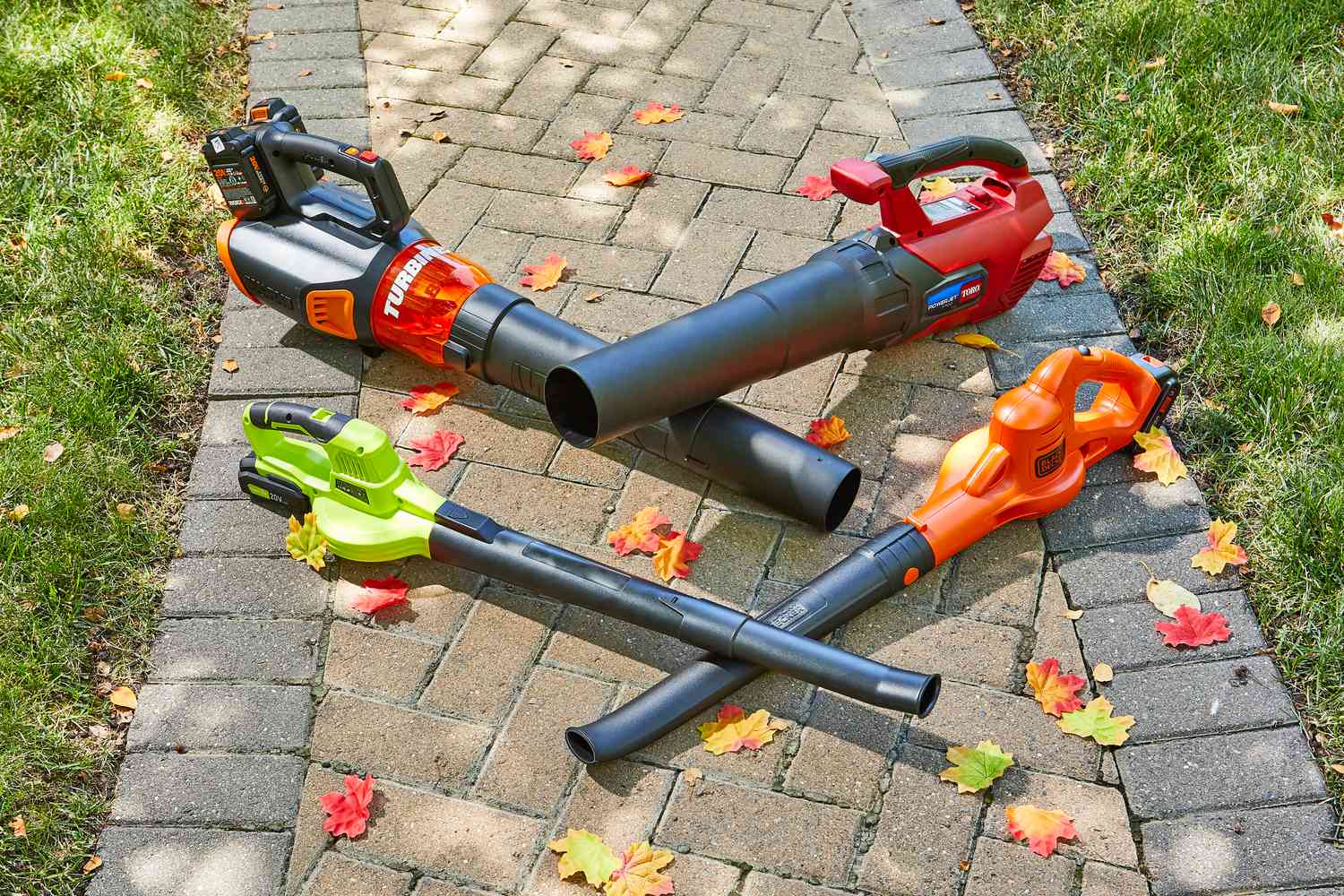
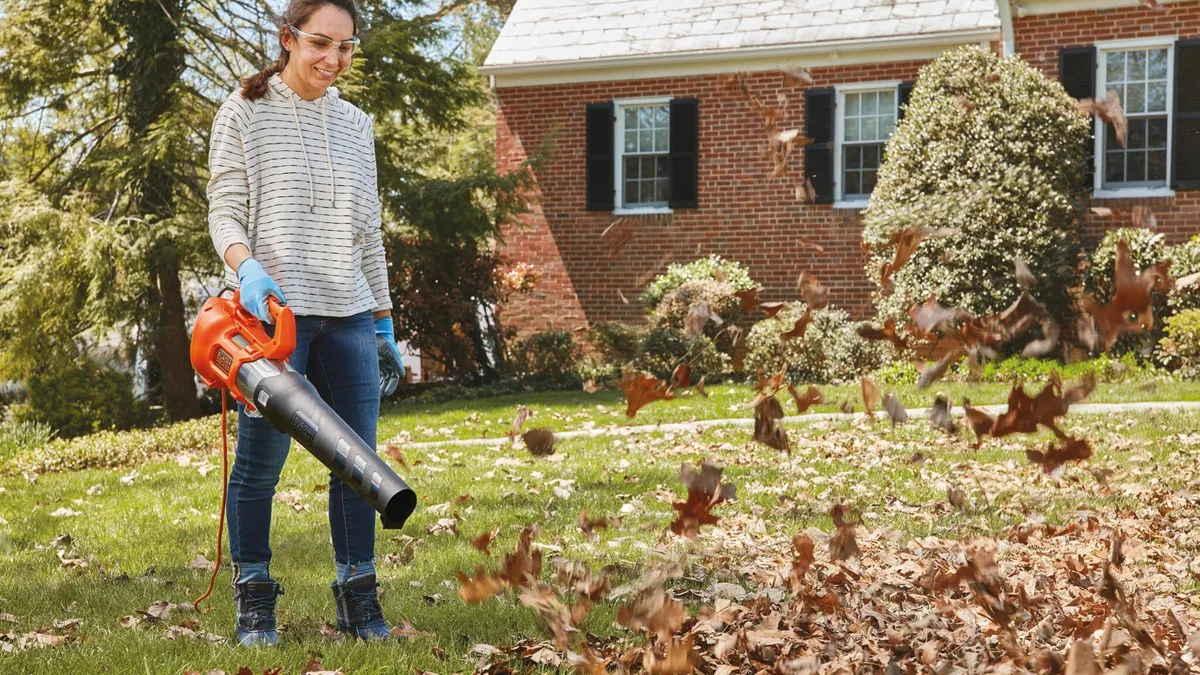


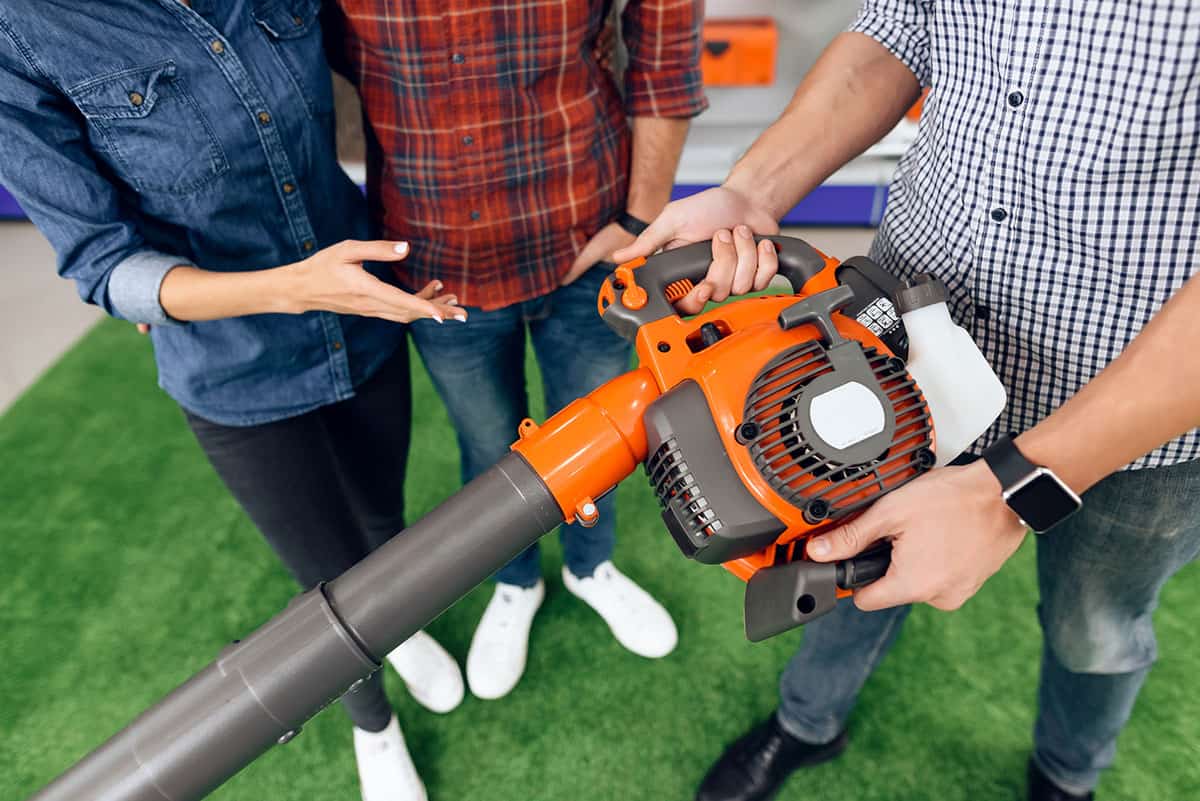

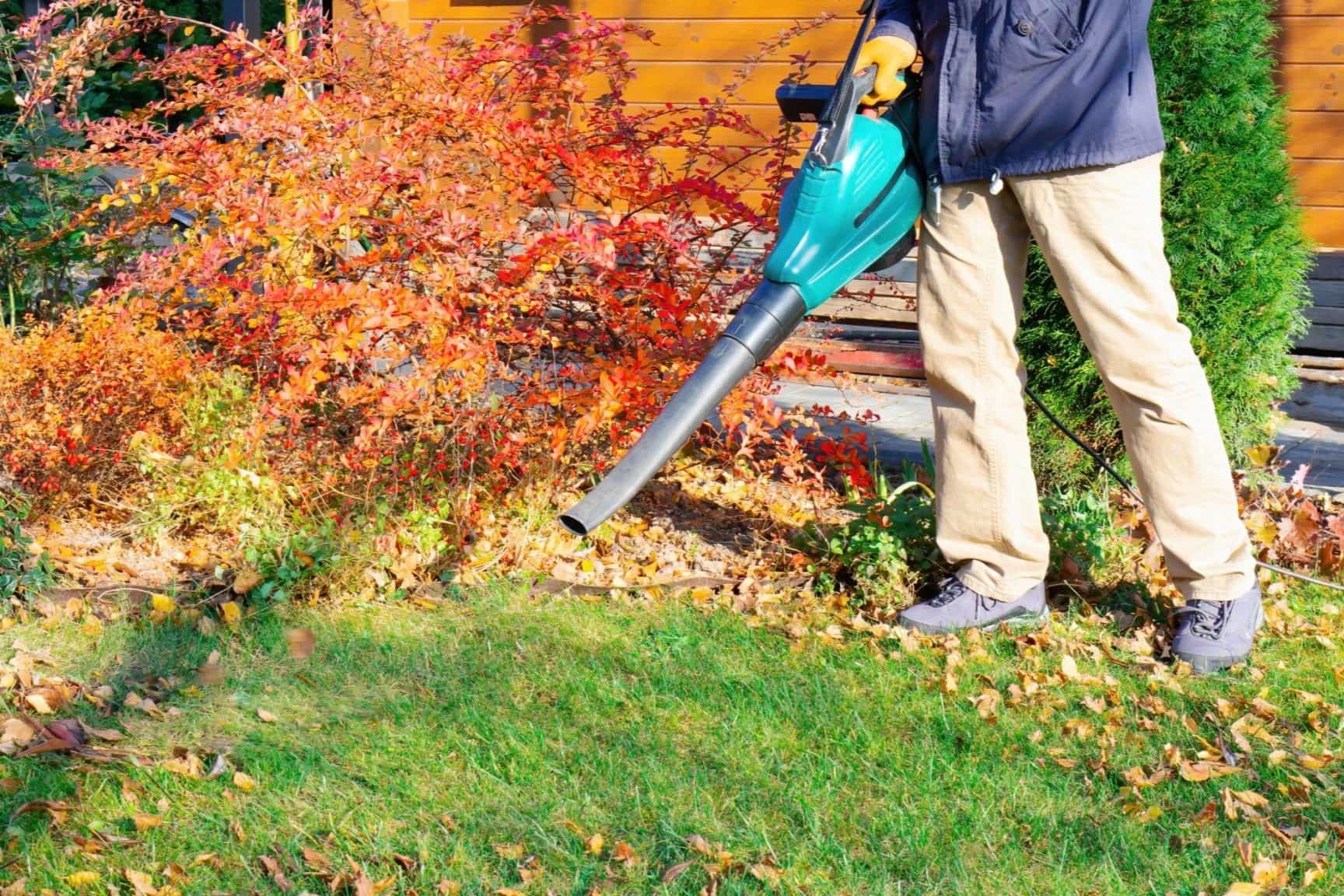


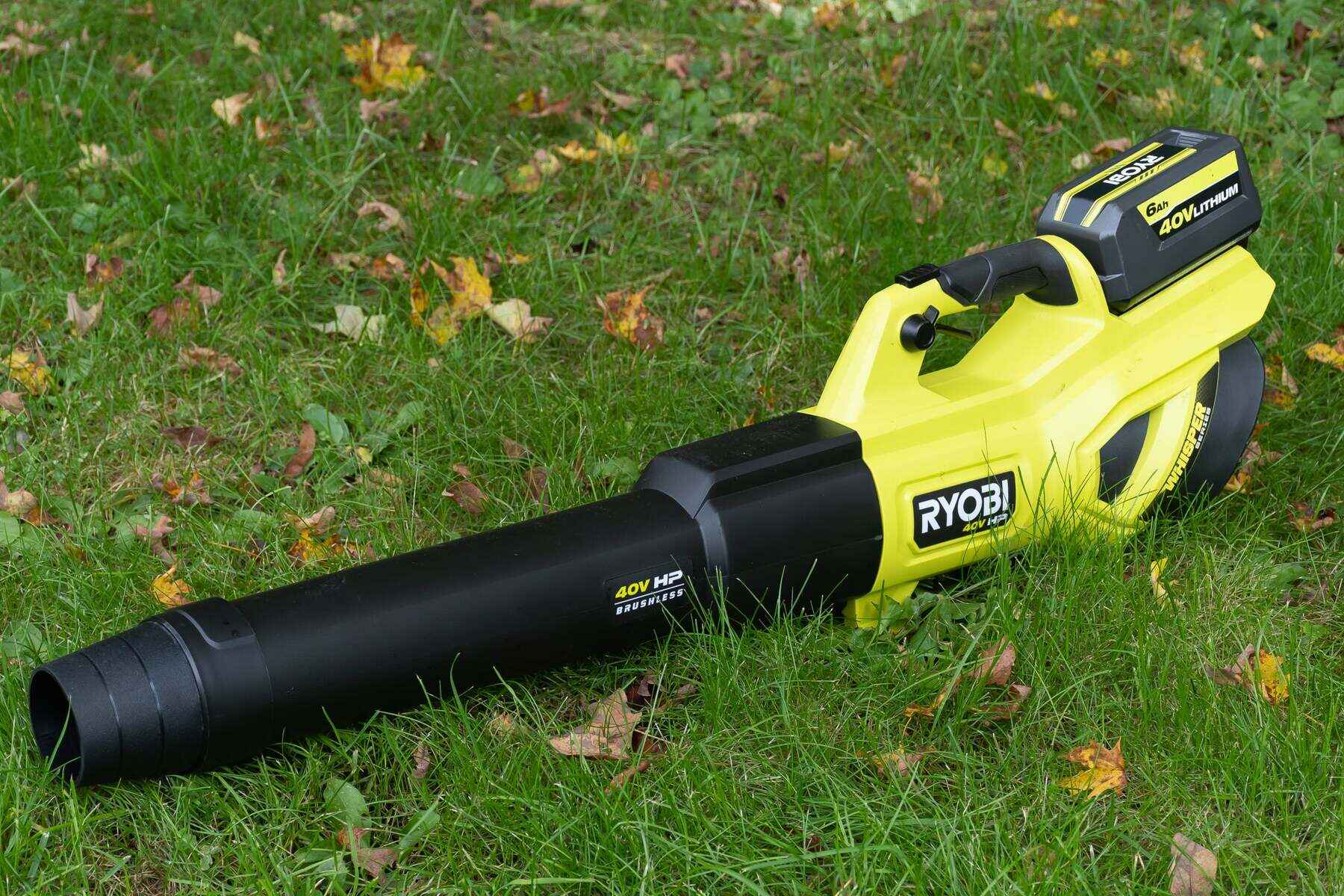


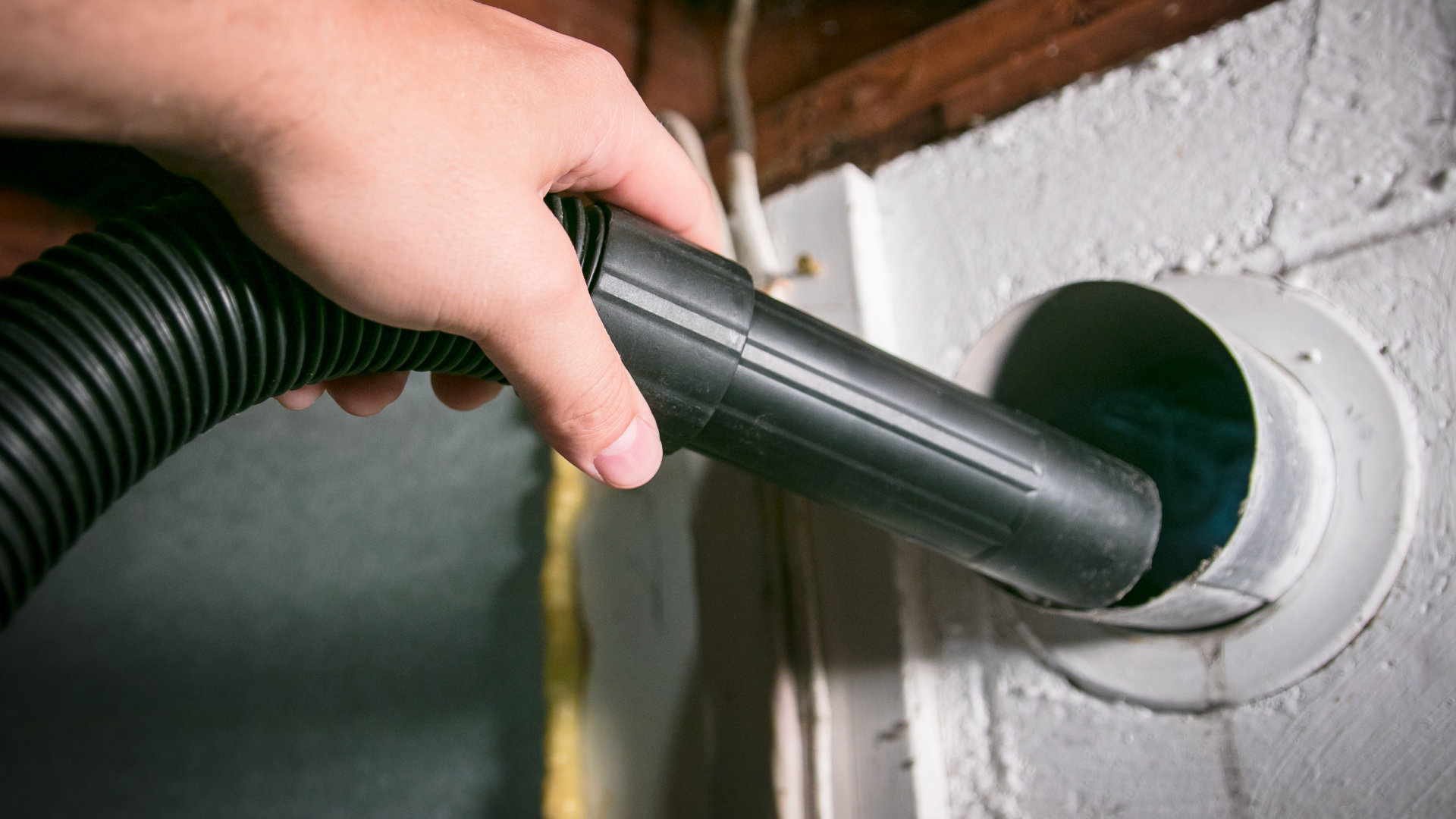

0 thoughts on “Why Is My Leaf Blower Losing Power”